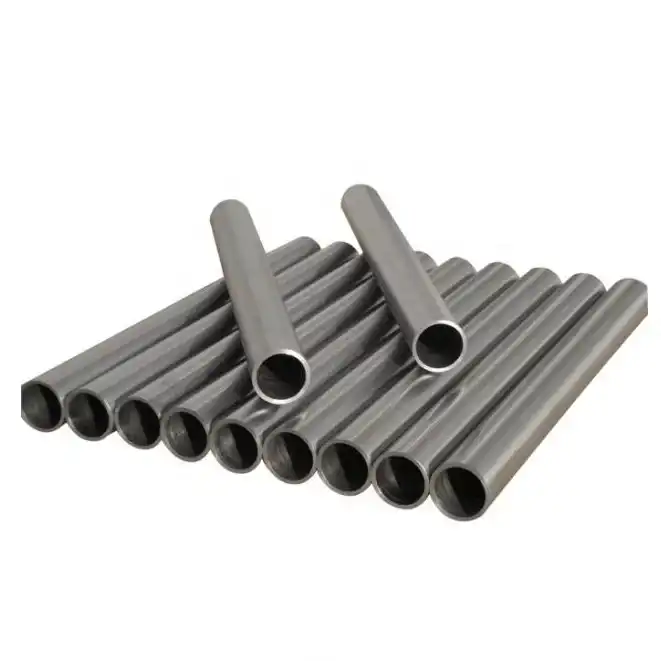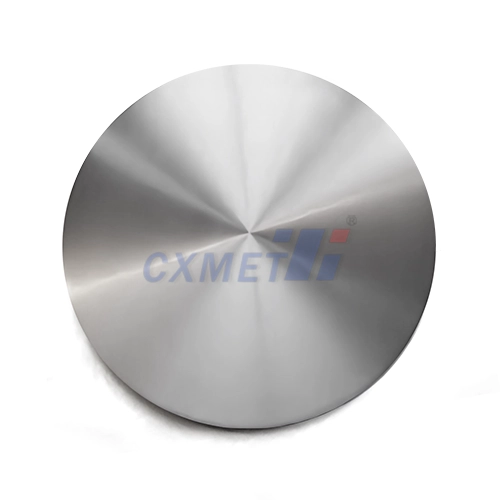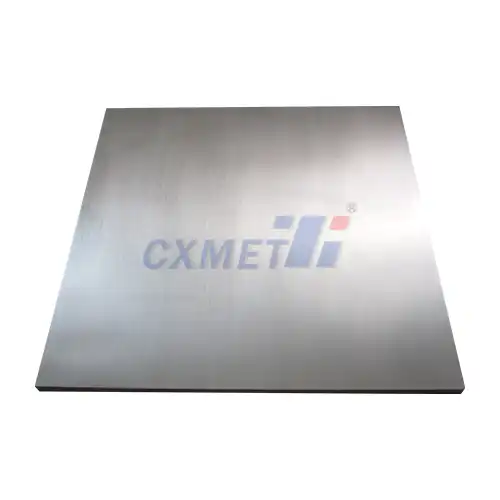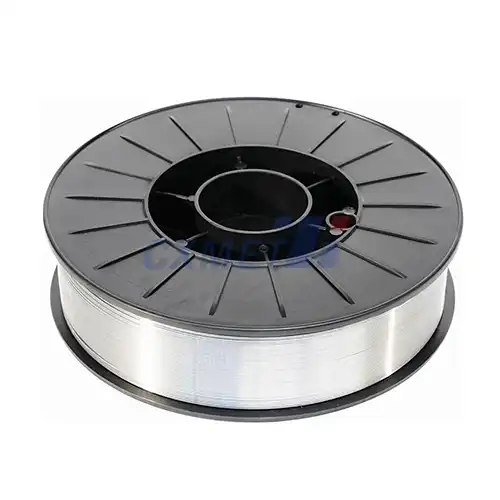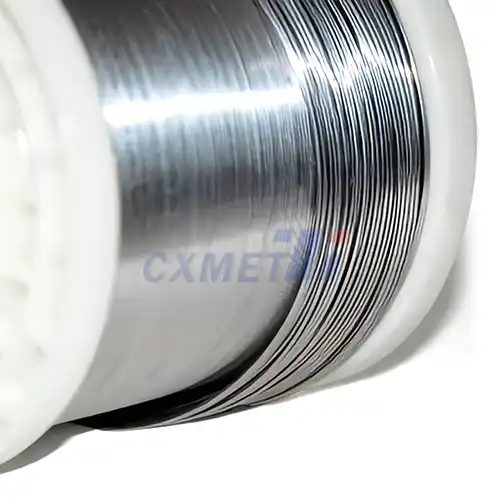- English
- French
- German
- Portuguese
- Spanish
- Russian
- Japanese
- Korean
- Arabic
- Greek
- German
- Turkish
- Italian
- Danish
- Romanian
- Indonesian
- Czech
- Afrikaans
- Swedish
- Polish
- Basque
- Catalan
- Esperanto
- Hindi
- Lao
- Albanian
- Amharic
- Armenian
- Azerbaijani
- Belarusian
- Bengali
- Bosnian
- Bulgarian
- Cebuano
- Chichewa
- Corsican
- Croatian
- Dutch
- Estonian
- Filipino
- Finnish
- Frisian
- Galician
- Georgian
- Gujarati
- Haitian
- Hausa
- Hawaiian
- Hebrew
- Hmong
- Hungarian
- Icelandic
- Igbo
- Javanese
- Kannada
- Kazakh
- Khmer
- Kurdish
- Kyrgyz
- Latin
- Latvian
- Lithuanian
- Luxembou..
- Macedonian
- Malagasy
- Malay
- Malayalam
- Maltese
- Maori
- Marathi
- Mongolian
- Burmese
- Nepali
- Norwegian
- Pashto
- Persian
- Punjabi
- Serbian
- Sesotho
- Sinhala
- Slovak
- Slovenian
- Somali
- Samoan
- Scots Gaelic
- Shona
- Sindhi
- Sundanese
- Swahili
- Tajik
- Tamil
- Telugu
- Thai
- Ukrainian
- Urdu
- Uzbek
- Vietnamese
- Welsh
- Xhosa
- Yiddish
- Yoruba
- Zulu
Chemical Composition Requirements for Titanium Grade 12
2024-10-09 17:58:20
Titanium Grade 12, also known as Ti-0.8Ni-0.3Mo, is a highly specialized alloy renowned for its exceptional corrosion resistance and mechanical properties. This grade of titanium is particularly valued in industries where exposure to harsh chemical environments is a constant challenge. The chemical composition of Titanium Grade 12 is carefully controlled to achieve its unique characteristics, making it a preferred choice for applications in chemical processing, marine environments, and other demanding settings where standard titanium grades may fall short.
What makes Titanium 0.8Ni-0.3Mo Grade 12 Sheet unique in terms of chemical composition?
Titanium Grade 12 stands out among titanium alloys due to its distinctive chemical composition. The alloy's uniqueness stems from the precise balance of nickel (Ni) and molybdenum (Mo) added to the titanium base. Specifically, Grade 12 contains approximately 0.8% nickel and 0.3% molybdenum, hence its alternative designation as Ti-0.8Ni-0.3Mo.
This careful alloying results in a material that combines the inherent strengths of titanium with enhanced corrosion resistance, particularly in reducing acid environments. The addition of nickel improves the alloy's resistance to crevice corrosion and reduces its susceptibility to hydrogen embrittlement. Molybdenum, on the other hand, significantly boosts the material's resistance to pitting corrosion and enhances its performance in oxidizing acid environments.
The exact chemical composition requirements for Titanium Grade 12, as per ASTM standards, typically include:
- Titanium: Balance
- Nickel: 0.6-0.9%
- Molybdenum: 0.2-0.4%
- Nitrogen: 0.03% max
- Carbon: 0.08% max
- Hydrogen: 0.015% max
- Iron: 0.30% max
- Oxygen: 0.25% max
This precise formulation ensures that Titanium Grade 12 exhibits superior corrosion resistance compared to commercially pure titanium grades, especially in reducing acid environments such as hot brine solutions. The synergistic effect of nickel and molybdenum in the titanium matrix creates a stable passive layer that protects the material from aggressive chemical attack.
Moreover, the controlled levels of interstitial elements like oxygen, nitrogen, and carbon play a crucial role in maintaining the alloy's mechanical properties without compromising its corrosion resistance. The low hydrogen content is particularly important in preventing hydrogen embrittlement, a common concern in many industrial applications.
How does the chemical composition of Titanium Grade 12 affect its corrosion resistance?
The corrosion resistance of Titanium Grade 12 is directly linked to its chemical composition, particularly the presence of nickel and molybdenum. These alloying elements work in concert to create a material that excels in environments where other titanium grades might struggle.
Nickel, at 0.6-0.9%, plays a pivotal role in enhancing the alloy's resistance to crevice corrosion. This type of localized corrosion can be particularly insidious in industrial settings, occurring in tight spaces where the environment can become highly acidic. The nickel content in Grade 12 helps to stabilize the passive oxide layer that naturally forms on titanium surfaces, making it more resistant to breakdown in these challenging conditions.
Molybdenum, present at 0.2-0.4%, significantly boosts the alloy's resistance to pitting corrosion. Pitting is a form of extremely localized corrosion that can lead to the rapid penetration of the metal. The addition of molybdenum helps to prevent the initiation and propagation of pits, even in environments containing chlorides, which are notorious for causing pitting in many metals and alloys.
The combined effect of nickel and molybdenum results in an alloy that performs exceptionally well in reducing acid environments. This includes hot brine solutions, wet chlorine, and various organic and inorganic acid media. In fact, Titanium Grade 12 often outperforms more expensive nickel-based alloys in these environments, offering a cost-effective solution for corrosion-resistant applications.
Furthermore, the carefully controlled levels of interstitial elements like oxygen and nitrogen contribute to the formation of a stable, adherent oxide layer. This layer acts as a barrier against corrosive media, continuously reforming if damaged, which provides long-term protection in aggressive environments.
It's worth noting that while the chemical composition of Titanium Grade 12 imparts excellent corrosion resistance, it also maintains good mechanical properties. The alloy retains the high strength-to-weight ratio characteristic of titanium, making it suitable for applications where both corrosion resistance and structural integrity are required.
What are the key industrial applications for Titanium 0.8Ni-0.3Mo Grade 12 Sheet based on its chemical properties?
The unique chemical composition of Titanium Grade 12 makes it an ideal material for a wide range of industrial applications, particularly in environments where corrosion resistance is paramount. Its superior performance in reducing acid environments and resistance to crevice and pitting corrosion open up numerous possibilities across various sectors.
One of the primary applications for Titanium Grade 12 sheet is in chemical processing equipment. The alloy's exceptional resistance to a broad spectrum of corrosive media makes it an excellent choice for reactors, heat exchangers, and storage tanks handling aggressive chemicals. In the production of specialty chemicals, pharmaceuticals, and petrochemicals, Grade 12 components can significantly extend equipment life and reduce maintenance costs.
The marine industry is another significant beneficiary of Titanium Grade 12's properties. Its resistance to seawater corrosion, coupled with high strength and low weight, makes it ideal for various marine applications. This includes components for offshore oil and gas platforms, desalination plants, and specialized marine research equipment. The alloy's ability to withstand chloride-rich environments without succumbing to pitting or crevice corrosion is particularly valuable in these settings.
In the energy sector, Titanium Grade 12 finds applications in both traditional and renewable energy systems. For instance, in geothermal power plants, where equipment is exposed to hot, mineral-rich brines, Grade 12 components can offer superior longevity compared to other materials. Similarly, in certain parts of nuclear power plants where corrosion resistance is critical, this alloy can provide reliable performance over extended periods.
The pulp and paper industry also utilizes Titanium Grade 12 in various process equipment. The alloy's resistance to chlorine compounds and other aggressive chemicals used in pulp bleaching makes it an excellent choice for bleach plant equipment, including piping, valves, and heat exchangers.
In the field of pollution control and environmental technologies, Titanium Grade 12 plays a crucial role. It's used in flue gas desulfurization systems in power plants, where its resistance to both acidic and chloride-containing environments is invaluable. The alloy also finds applications in wastewater treatment facilities, particularly in handling corrosive effluents from industrial processes.
The aerospace industry, while not a primary user of Grade 12, does employ it in specialized applications where its unique combination of properties is beneficial. This can include components exposed to corrosive environments in aircraft or spacecraft systems.
Lastly, in the medical field, Titanium Grade 12 is sometimes used in equipment for the production of pharmaceuticals and in specialized medical devices where its corrosion resistance and biocompatibility are advantageous.
In all these applications, the chemical composition of Titanium Grade 12 – particularly its nickel and molybdenum content – enables it to withstand conditions that would rapidly degrade many other materials. This translates to longer service life, reduced maintenance requirements, and improved safety in critical industrial processes.
At SHAANXI CXMET TECHNOLOGY CO., LTD, we take pride in our extensive product range, which caters to diverse customer needs. Our company is equipped with outstanding production and processing capabilities, ensuring the high quality and precision of our products. We are committed to innovation and continuously strive to develop new products, keeping us at the forefront of our industry. With leading technological development capabilities, we are able to adapt and evolve in a rapidly changing market. Furthermore, we offer customized solutions to meet the specific requirements of our clients. If you are interested in our products or wish to learn more about the intricate details of our offerings, please do not hesitate to contact us at sales@cxmet.com. Our team is always ready to assist you.
References
1. ASTM International. (2021). ASTM B265 - Standard Specification for Titanium and Titanium Alloy Strip, Sheet, and Plate.
2. Schutz, R. W., & Thomas, D. E. (1987). Corrosion of titanium and titanium alloys. ASM Handbook, 13, 669-706.
3. Lutjering, G., & Williams, J. C. (2007). Titanium (2nd ed.). Springer-Verlag Berlin Heidelberg.
4. Boyer, R., Welsch, G., & Collings, E. W. (1994). Materials Properties Handbook: Titanium Alloys. ASM International.
5. Donachie, M. J. (2000). Titanium: A Technical Guide (2nd ed.). ASM International.
6. Schutz, R. W. (2005). Corrosion of titanium and titanium alloys. In Corrosion: Materials (Vol. 13B). ASM International.
7. Peters, M., Kumpfert, J., Ward, C. H., & Leyens, C. (2003). Titanium alloys for aerospace applications. Advanced Engineering Materials, 5(6), 419-427.
8. Yamada, M. (1996). An overview on the development of titanium alloys for non-aerospace application in Japan. Materials Science and Engineering: A, 213(1-2), 8-15.
9. Revie, R. W., & Uhlig, H. H. (2008). Corrosion and corrosion control: an introduction to corrosion science and engineering. John Wiley & Sons.
10. Oshida, Y. (2013). Bioscience and bioengineering of titanium materials. Elsevier.
